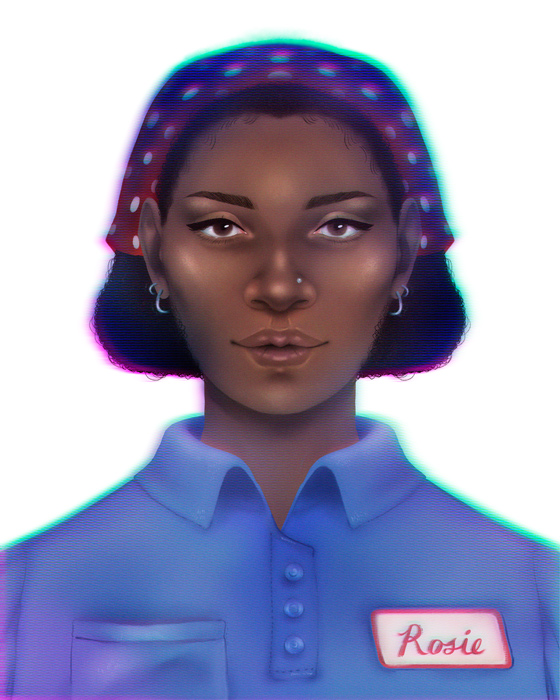21st Century Rosie the Riveter
by Kratika Tandon
“The best protection any woman can have is courage,” Elizabeth Cady Stanton once said. She was a suffragist, social activist, abolitionist, and leading figure of the early women’s rights movement. Women’s rights advocates promote a position of legal and social equality for women. March is Women’s History Month, so let’s take a glimpse back in time to reveal how diligently women have fought for equal rights—from the suffragists movement, to the feminist crusade of the 1970s, and today.
The term “suffrage” refers to the right to vote in an election. A century ago, most white men had the right to vote, regardless of how much property or money they had. Our modern women’s rights movement began with a convention held in Seneca Falls, New York. Activists Lucretia Mott and Elizabeth Cady Stanton organized the meeting. The two were heavily involved with the abolitionist movement, and this is where they were first introduced to activist Susan B. Anthony. As the article “Women’s Suffrage Movement” from History.com explains, Stanton and Anthony immediately hit it off, and eventually created the Women’s National Loyal League in 1863. This organization worked towards abolishing slavery and campaigning for full citizenship for women and Black Americans. When women finally achieved the right to vote in 1920, it only applied to white women. It took nearly half a century longer for the Voting Rights Act to pass, which granted minority groups the right to vote.
The next substantial event in the history of women’s rights was the feminist movement of the 1960s and ‘70s. Esther Peterson was the director of the Women’s Bureau of the Department of Labor in 1960, and she believed it was the government’s responsibility to address issues of discrimination. Swayed by Peterson, President Kennedy summoned a Commission on the Status of Women. The group uncovered discrimination against women in every single aspect of American life (Eisenberg, Bonnie and Ruthsdotter, Mary). For many, this was a call to action, resulting in the creation of laws against sex-discrimination— including the Equal Pay Act of 1963. Women began marching and protesting for their rights in a movement that is known as Second Wave Feminism. New groups started informing society about sexism and gender inequality.
But decades later, in 2021, women are still not afforded equal rights or treatment. Women are still paid approximately 80% of what men make (U.S. Census Bureau). Based on recent statistics, the pay gap will not close up until the year 2152 (Miller). As we look back, we must continue to recognize the strong women who dared to speak up. Women are currently allowed to vote, work, enroll in the armed forces, and more because of their brave actions. However, there is still a lot of work that needs to be done—for instance, the Equal Rights Amendment still has yet to pass. We must continue to fight so that one day we can have a society in which the lines of gender segregation are gone once and for all.
About Kratika Tandon

Kratika Tandon is an incoming freshman at the University of Illinois at Urbana-Champaign. She is majoring in biology and graduating with a minor in environmental economics and policy. She graduated from Dunlap High School as class valedictorian. Tandon is incredibly passionate about sustainability. As such, she is interested in many different career paths that involve helping the environment. She is most interested in writing about the subjects of environmental issues, social justice, life during a pandemic, and racial equity. She is proficient in informative and expository writing as well as public speaking. Tandon was a part of her high school’s speech team for four years. This past season, she competed in two events at the state championship tournament: original oratory and informative speaking. She wrote and perfected these speeches on her own, both tackling specific topics dealing with the environment. Tandon was also the president of her school’s local Interact Club. She possesses great leadership, communication, and teamwork skills. She is participating with Giving Voice because she wants to use her voice and writing to inspire others and facilitate change.
About Cailyn Talamonti

Cailyn Talamonti (Manhattan, IL) is a senior at Bradley University. In May 2021, Talamonti will be graduating with a major in Animation and a minor in Graphic Design. She currently works as a freelance artist and designer, creating content for local bands, companies, and others. One day, she wants to be a webcomic artist. Her work is available at cailyntalamonti.com.

